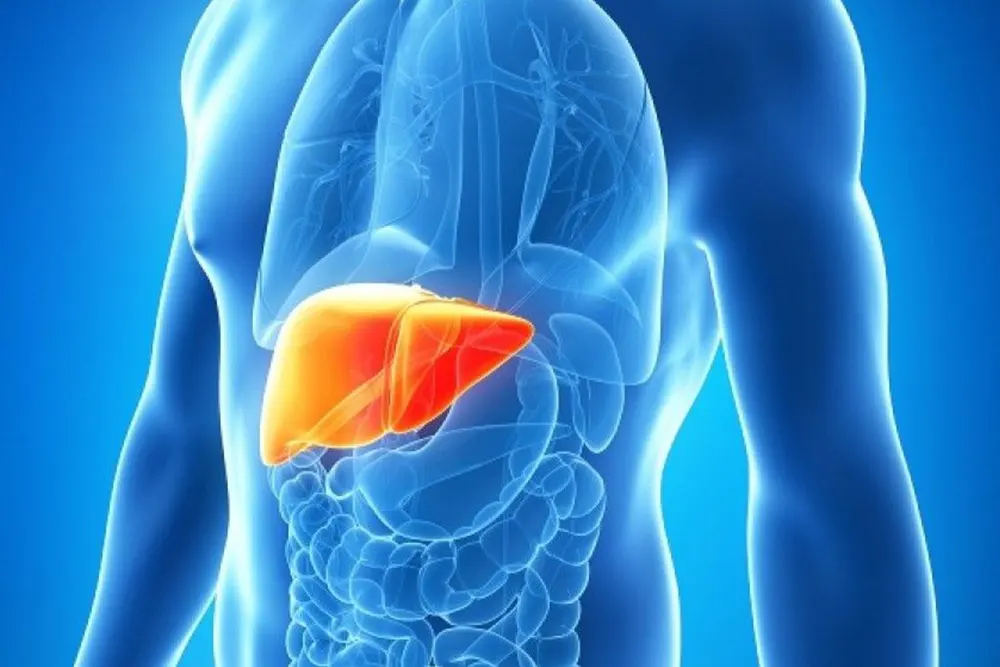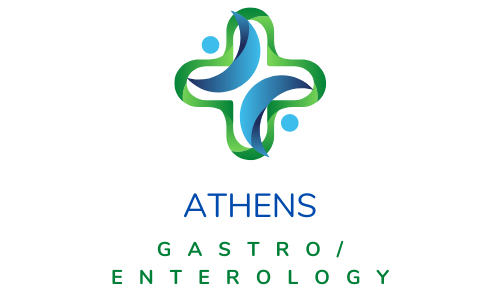Liver Cirrhosis
Liver Cirrhosis
Cirrhosis is a disease in which the liver becomes severely scarred as a result of years of continuous injury. The most common causes of cirrhosis are long standing alcohol abuse, viral hepatitis (like hepatitis B and C) as well as fatty liver disease. The liver performs multiple functions in the body from producing proteins that help clot blood, to metabolism of medications, as well as removal of toxins. It can continue to function despite having significant scarring, but only up to a point. The condition in which the degree of scarring starts to affect liver function is called decompensated cirrhosis. Symptoms include poor sleep, confusion, loss of appetite, weakness, yellowing of the skin and whites of the eyes, itching, swelling of the abdomen and legs, spider veins, mood changes, muscle cramps and evidence of upper gastrointestinal bleeding.

Treatment involves slowing or reversing the underlying causes, such as alcohol cessation and treatment of hepatitis B and C, weight loss as well as treatments for some of the less common liver conditions leading to cirrhosis. Cirrhosis can have some very serious complications, which can range from severe confusion and even coma, to massive gastrointestinal bleeding, to lung, heart and kidney disease or even liver cancer. We check routine blood tests, perform upper endoscopies and do regular ultrasounds to evaluate for evidence of liver decompensation or the appearance of cancer. If a patient’s liver function continues to worsen, we refer to a liver transplant center for a transplant evaluation as sometimes, in the right candidate, a new liver can reverse even some of the heart, lung and kidney complications and give a patient decades longer to live.

